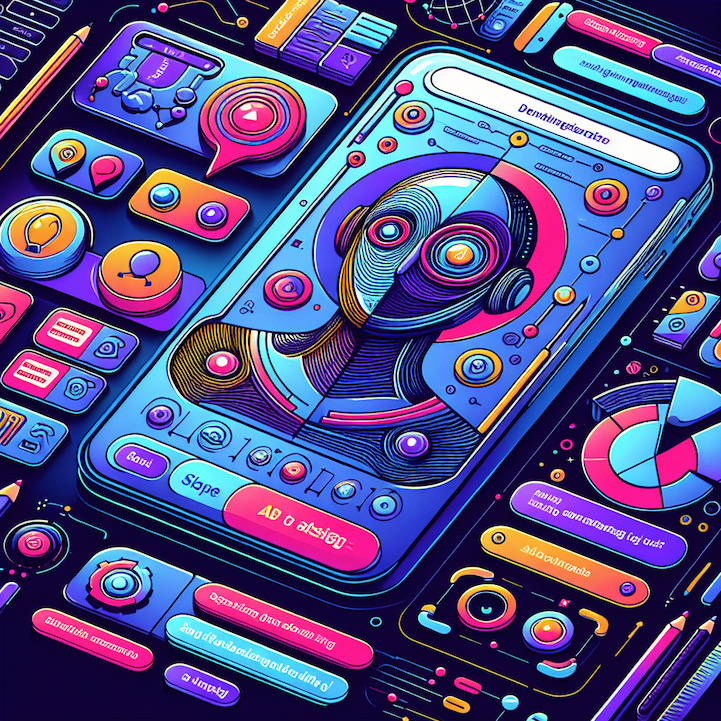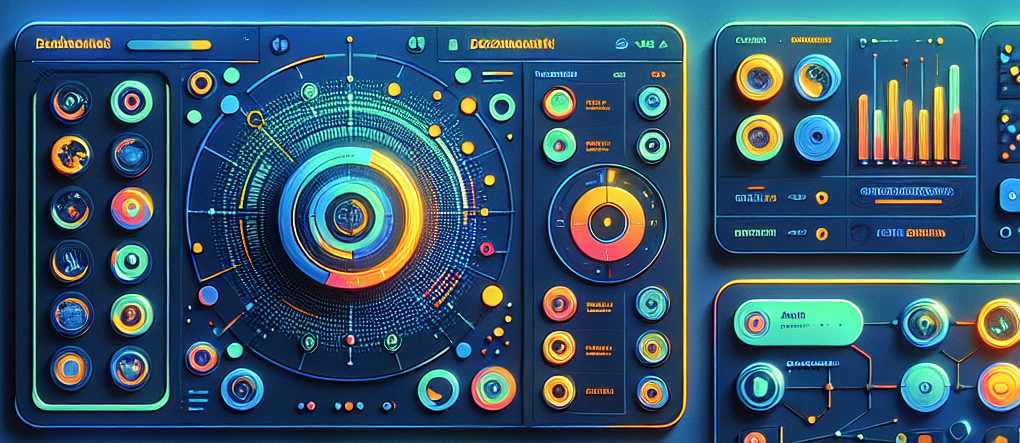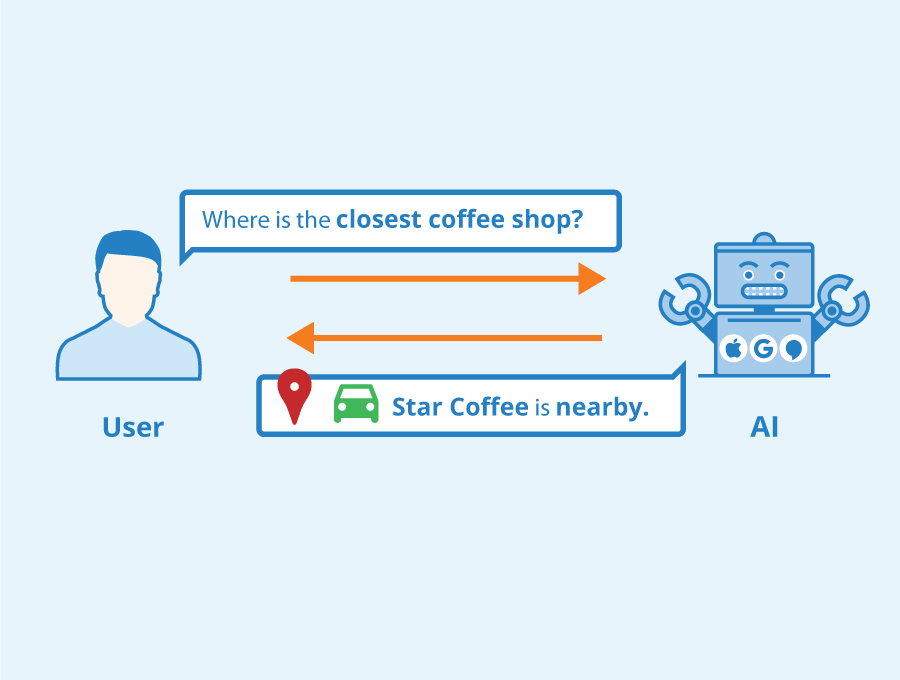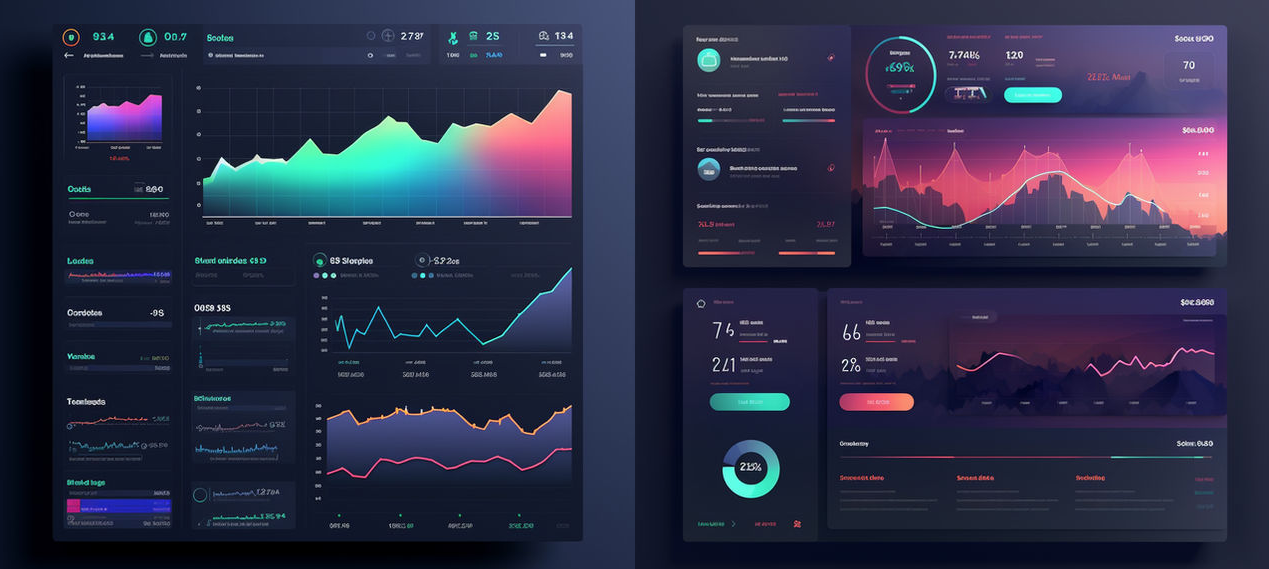HOME - Embracing the AI Revolution: How Artificial Intelligence is Transforming User Interfaces
 Embracing the AI Revolution: How Artificial Intelligence is Transforming User Interfaces
Embracing the AI Revolution: How Artificial Intelligence is Transforming User Interfaces

In the dynamic realm of digital innovation, the fusion of artificial intelligence (AI) with user interfaces (UI) has emerged as a game-changer, revolutionizing the way we interact with technology. At the heart of this transformation lies the crucial elements of user experience (UX) and user interface design (UI), which are now being propelled to new heights by the capabilities of AI. In this blog post, we’ll delve into the profound impact of AI on UX/UI design, exploring how it enhances usability, accessibility, and personalization to create truly immersive digital experiences.
Enhancing Usability
Imagine a world where technology anticipates your every move, simplifying complex tasks and minimizing cognitive overload. Thanks to AI-driven interfaces, this vision is becoming a reality. By harnessing predictive modeling and machine learning algorithms, AI analyzes user behavior patterns to predict their actions, paving the way for more intuitive interactions. From AI-powered chatbots providing seamless conversational experiences to recommendation systems offering tailored suggestions, usability is elevated to new heights.

Improving Accessibility
Accessibility is a cornerstone of inclusive design, and AI is playing a pivotal role in making interfaces more accessible to diverse user groups. Through innovations like natural language processing (NLP) and computer vision, AI enables alternative interaction methods such as voice commands and gesture recognition, catering to users with disabilities. Moreover, AI-driven assistive technologies dynamically adjust interface elements based on users’ accessibility preferences, ensuring that everyone can engage with digital content effortlessly.

Personalization and Adaptability
One size fits all is a notion of the past, as AI empowers interfaces to deliver personalized experiences tailored to each user’s preferences and context. By analyzing vast datasets, AI algorithms create detailed user profiles, enabling interfaces to offer customized content recommendations, layout adjustments, and feature prioritization. Furthermore, AI ensures interfaces can adapt in real-time to changing user needs and environmental conditions, providing seamless interactions across devices and platforms.

Challenges and Considerations
As we embrace the AI revolution in UX/UI design, it’s crucial to navigate the associated challenges and considerations. Ethical concerns surrounding data privacy, algorithmic biases, and user consent must be addressed to ensure responsible AI usage. Designers must also strike a balance between personalization and privacy, avoiding filter bubbles that limit exposure to diverse perspectives. Transparency and explainability are paramount, empowering users to understand how algorithms make decisions and providing control over automated processes.
Conclusion
The integration of artificial intelligence into user interfaces represents a monumental shift in the digital landscape, unlocking endless possibilities for enhancing usability, accessibility, and personalization. By embracing AI technologies, designers can create interfaces that anticipate user needs, adapt to their preferences, and deliver seamless experiences across diverse contexts. However, it’s essential to approach AI integration with responsibility and mindfulness, prioritizing ethical considerations and user empowerment. As we continue to harness the potential of AI, let’s strive to create inclusive, engaging, and user-centric interfaces that define the future of digital interaction.